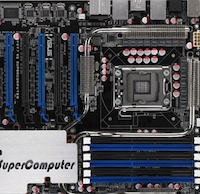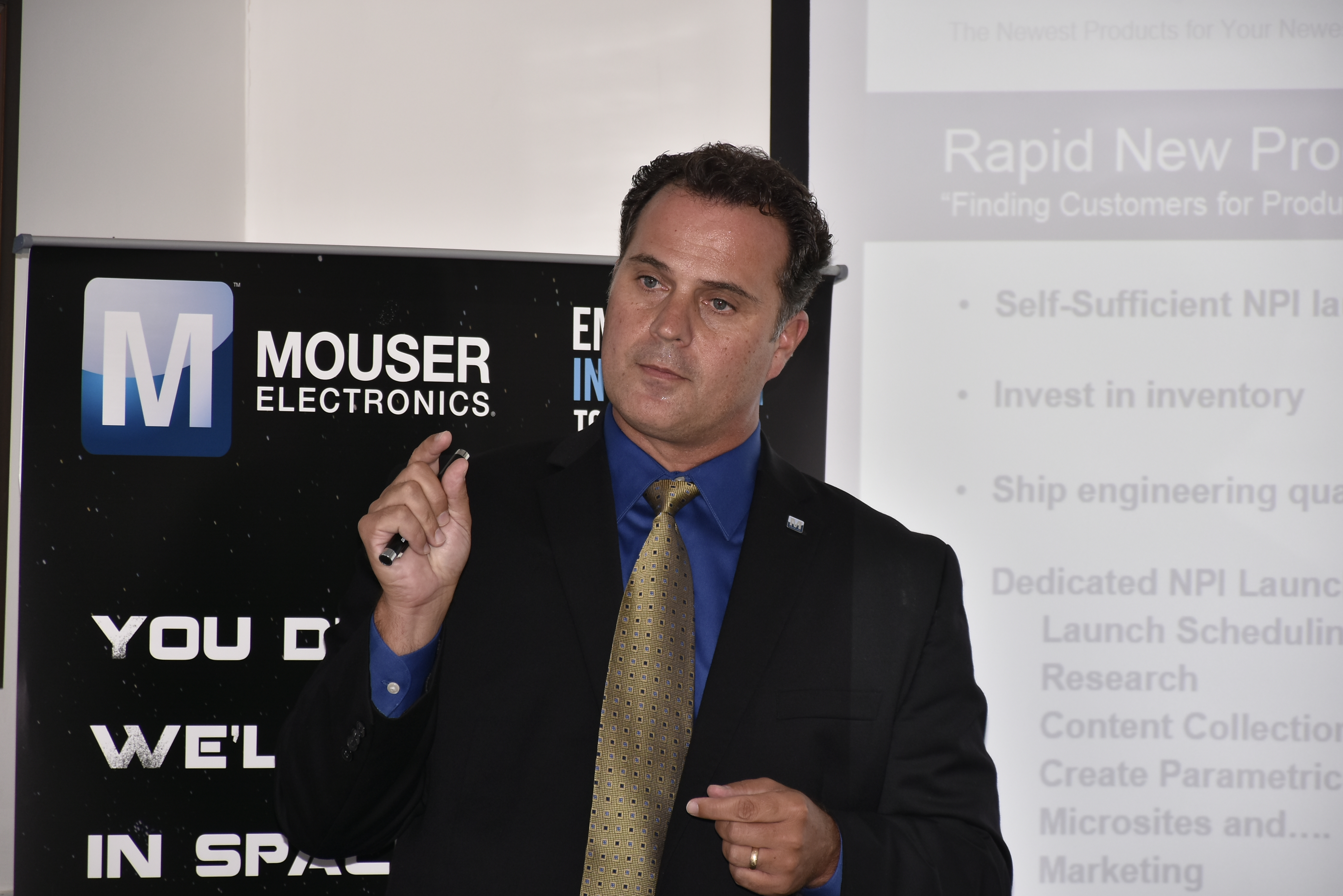About 18 months ago, a successful open hardware board project campaign on Kickstarter had managed to raise $900,000 in three months. There is always a delay in availability of the product in case of hardware projects, but this semiconductor startup proved that wrong.
 The Prallella board is a high performance tiny computer which is highly energy efficient and it costs just $99. The company has worked really hard in development of this product for over 18 months. All backers on Kickstarter campaign have received their reward and the company is planning on international distribution of the product.
The Prallella board is a high performance tiny computer which is highly energy efficient and it costs just $99. The company has worked really hard in development of this product for over 18 months. All backers on Kickstarter campaign have received their reward and the company is planning on international distribution of the product.
Parallella is open hardware computing platform with multi core processor. The documents of the development is openly available online. The company is also offering open SDK based on GNU. This will help to grow its developer community. During initial days of its Kickstarter campaign, it felt like the project won’t generate the expected amount of funds. But as company progressed the development process, the target was cleared by $150,000.
Parallella Computing Board’s prototype version was made available within few months of development. Company also published next version of PCB in February 2013. The rev 0 design of board was sent for manufacturing in March month. The test device was able to boot Linux by May of last year.
Rev 0 version of these boards were sent to early backers for testing and feedback. However, production of 6,300 was a huge task and it was going to take time, hence there was no news about PCB in middle period. The project’s development was further slowed down because of resignation of chief engineer of the product. The company survived through bottleneck situation of finance.
Following a dark few months, by October 2013 things had started to look up once again, with Antmicro joining the engineering team and a solution to financial challenges on the horizon. In October 2013, Antmicro joined the engineering team for this project and by December, they were done with first batch of rev 1.1 design and assembly of boards. All the huge manufacturing challenges were handled very smartly by the team and in February 2014, production had started again. All 1,500 boards were shipped to the backers by February.
Parallela has Parallella University Program to help university students to develop things using this open desktop platform. Over 100 universities have been benefited in this program by now. Adapteva has finally decided to make these boards available publicly in USA. Adapteva is launching PCB via Amazon.
Adapteva has aim of upstreaming all the drivers. The company wants users to build kernel for the device. This will help to add OS support for Parallella board. It will boost the development process and kernel update roll out. Adapteva has gifted with great mentors and contributors like Andreas Farber, he has helped in getting linux-arm-kernel mailing list market ready.
Parallella Computing Board is supported by Ubuntu. Parallella should work fine with any Linux distribution based on armhf architecture, FPGA configuration bitstream , BOOT filesystem on SD card and aforementioned kernel. The temperature of Zynq SoC is monitored using utilities. Parallela team is available on Launchpad for all the needed support. Epiphany SDK is available from a year now. The website has guide tutorials to program Epiphany chip. OpenCL applications can be built using COPRTHR SDK.
It’s too early to predict anything about the community that would be built with the help of Parallela. There are some active contributors. Like, Shodruky is one of the active contributor, he gave examples of mandelbrot set calculation, rendering and real time ray tracing.
Another contributor has demonstrated how to use Epiphany accelerator within R programming language. The project undertaken as part of Google Summer Code helped the device to save 25x more energy than CPU and GPGPU. Sylvain Munaut has integrated Myriad RF software defined radio (SDR) transceiver module using prototype system. In other news, Brian Guarraci built 8-node cluster using the design prototype. With little efforts, community of developers can be improved. Public availability of board will definitely boost the development process by far means.






